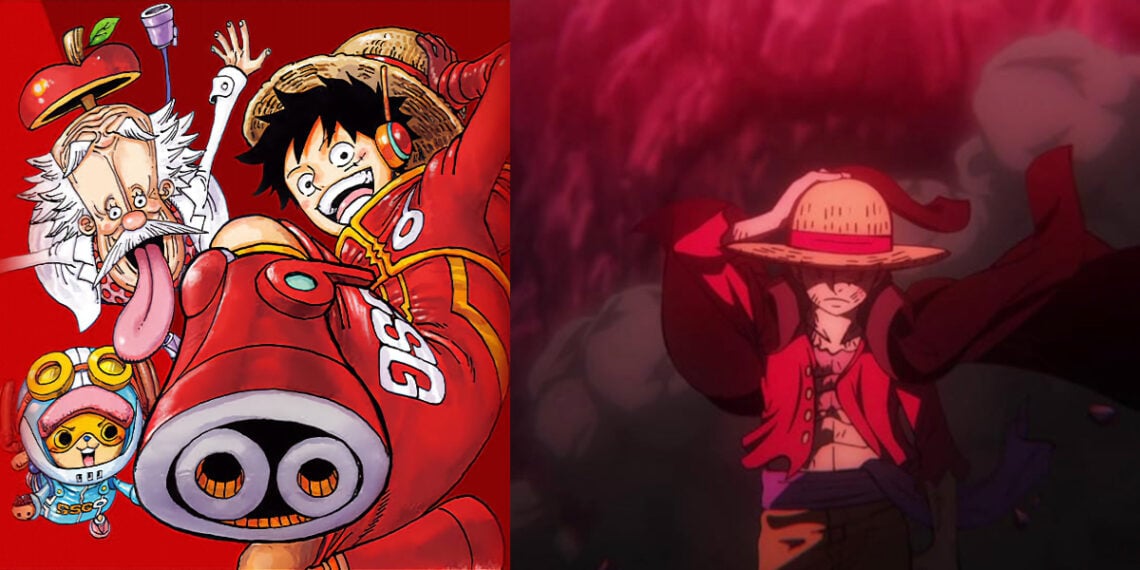The globally popular Japanese anime series One Piece has pivoted into a new narrative arc focused on Egghead Island, signaling the start of the final saga for the epic story that has captured viewers’ imaginations for over two decades.
After the sprawling, transformative events of Wano Country that enthralled fans, Egghead Island represents uncharted waters primed with new mysteries and adventures. The anime took an unprecedented approach during the Wano chapters, adapting each full manga issue into one anime episode for a more immersive, holistic viewing experience.
As devotees wonder what awaits the Straw Hat pirates next on their quest for the One Piece treasure, intrigue swirls around Egghead’s ties to the enigmatic scientist Dr. Vegapunk and potential connections to the overarching lore.
The new arc heralds the beginning of the end for the cherished IP, with the manga’s revered creator, Eiichiro Oda, signaling the final saga will wrap up in the coming years.
Faithful One Piece fans eagerly soak in every detail for clues about what story secrets, emotional moments, and spectacular battles the last legs of Luffy’s epic voyage might unveil. They expect the Egghead Island adventures to up the stakes heading into the climactic finale.
Quiz: What One Piece Character Are You? I got Shanks by the way.
One Piece Anime Reverts to Classic Style with Upcoming Egghead Arc, Insider Confirms
While the breakneck speed of the anime’s Wano Country adaptation kept viewers riveted, behind-the-scenes whispers suggest One Piece will return to a more methodical pace with its next Egghead Island installment.
Insider production sources have indicated that upon entering the Egghead narrative, the anime will move back to its conventional approach that drew out storylines substantially compared to the brisk clip of the manga’s content.
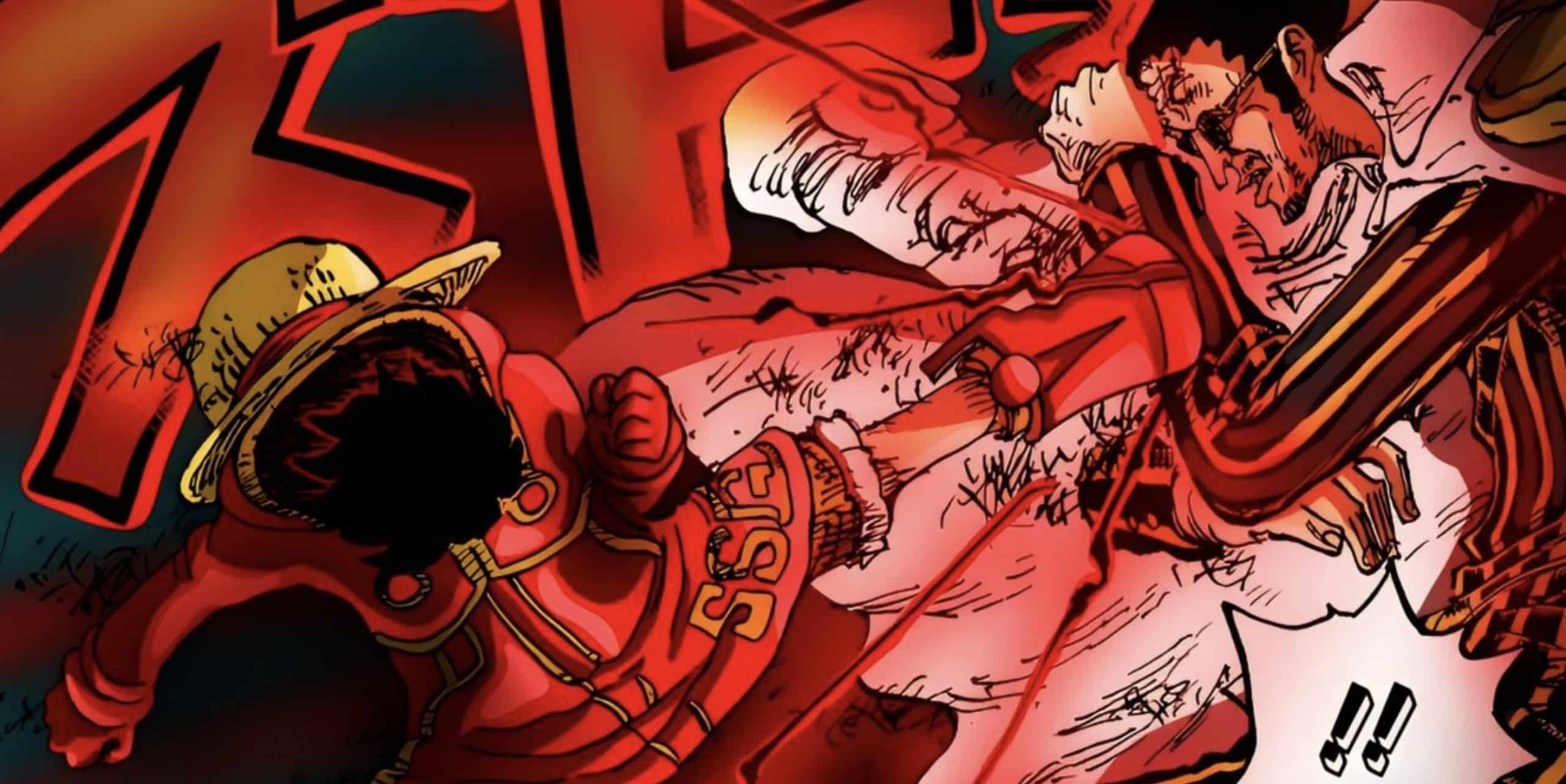
Whereas each vibrant episode covered one full manga chapter during Wano’s warring factions and sweeping battles, early signals point to Egghead Island, slowing things down again to stretch events and encounters across multiple anime installments.
A Shift in Anime Adaptation Pace
This shift in adaptation timing stemming from production choices may frustrate fans craving the accelerated, intensified storytelling of Wano’s final act.
Speculation suggests the anime staff feels the slower speed enables them to expand smaller Egghead moments for maximum impact.
Still, after the anime’s unprecedented delivery of wall-to-wall thrills in Wano’s concluding chapters, returning to a more languid progression risks losing some viewers’ engagement.
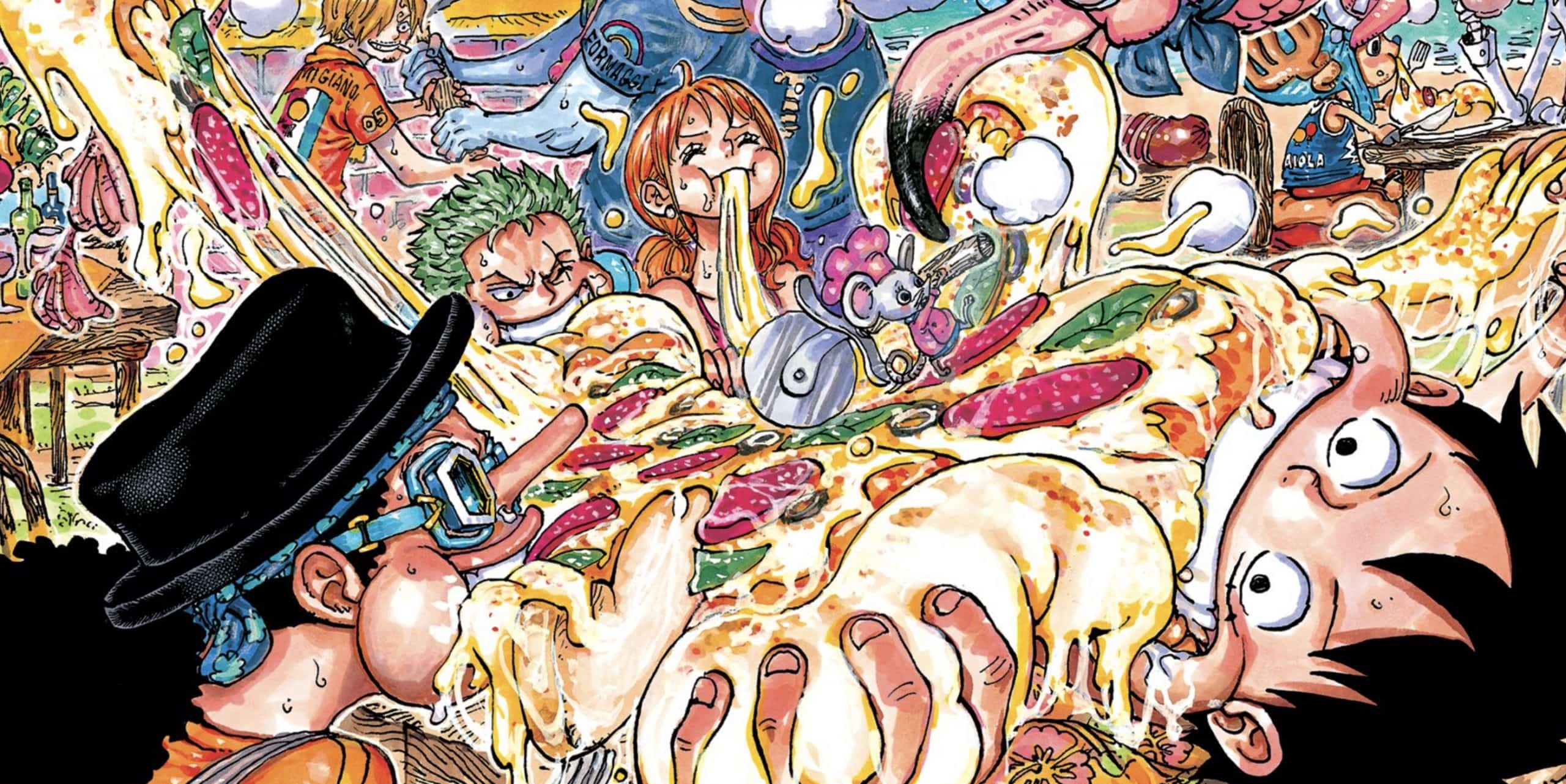
The opposition between Wano’s nonstop escalation and Egghead’s seemingly downshifted tempo has sparked a vigorous online debate.
As the curtains raise on Egghead’s next mysterious chapter, One Piece loyalists hold their breath, wondering if the anime can maintain interest while potentially reapplying the brakes.
This latest update comes as an unwelcome surprise for many ardent One Piece enthusiasts who had grown accustomed to the accelerated adaptation speed implemented in the action-packed Wano finale.
The Wano-Egghead Transition
By cramming full manga chapters into single anime episodes, the production had nearly closed the longstanding gap between the anime and Eiichiro Oda’s original manga storyline over the past year.
As a result, optimistic fans hoped the brisk momentum would continue, sustained by speculation that the venerated manga creator himself might ratchet up plot progression to facilitate the manga ultimately reaching its finale.
However, with the anime evidently hitting the brakes again early into the Egghead Island arc, faith in an expedited concluding storyline for the revered manga appears dashed.

After getting their first real taste of rapidly churning, densely packed narrative content in line with the source material’s speed, this downward shift in adaptation pacing changes the equation for loyal viewers.
Some who celebrated Wano’s riveting pace and looked ahead to more swift story development will surely meet this sudden deceleration with frustration.
Diehard followers who have invested over two decades in the anime will need to process that the expectation of ever-escalating advancement toward One Piece’s endgame encouraged by Wano’s growth spurt may not materialize after all.
With substantial breathing room before the manga concludes, the anime seems content, resuming a more subdued rhythm for now.
How does One Piece anime reverse to its classic style?
Fresh insight into the ongoing debate surrounding One Piece’s anime pacing shift stems from noted social media leaker @pewpiece, known to fans for providing accurate insider scoops.
According to the Twitter figure, the anime will pointedly veer away from the breakneck “one chapter per episode” model that electrified viewers during Wano’s hard-hitting climax toward a more delayed approach.

@pewpiece highlighted that even amidst the topsy-turvy battles and emotional peaks that capped off the sprawling Wano storyline, the animators remained dedicating themselves to comprehensively bringing each dense manga chapter to the screen.
This steadfast adaptation rate represented a seismic shift after years spent trailing behind the source material’s speed.
However, per the leaks, as Luffy’s next adventure dawns, that intensive chapter-to-episode dedication will dissolve.
Dissolving the Chapter-to-Episode Dedication
The anime will revert to relying on prolonged scenes, filler content, and leisurely pacing to stall progression, tactics that have drawn fan complaints in slower arcs.
This news may bewilder fans who assumed the anime would safeguard the energized momentum generated by Wano’s thrilling gauntlet of full-chapter episodes.
For followers who craved more of that absorbed, no-filler format, this next phase dragging its feet again while Oda’s manga dashes towards its conclusion may underwhelm.
With bated breath, the One Piece faithful awaits to see whether dipping back into familiar pacing problems can capture fans’ imaginations like Wano’s pedal-to-the-metal final chapters.
However, devotees were still caught off guard by definitive words that the Egghead Island arc will include rolling back the anime’s chapter-per-episode ratio that was on full display during Wano’s adrenaline-fueled climax.
Despite Toei Animation historically aiming to keep their adaptation spaced about 40 chapters behind Oda’s manga, the studio’s decision to resume stretching less source material over more episodes has rattled fans.
While the anime has frequently utilized pacing adjustments and filler content to avoid breaching that 40-chapter buffer zone, Wano’s consistency in breaking from tradition to deliver complete manga chapters every installment fostered optimism.
The Bewilderment Over Prolonged Scenes and Filler
Nonetheless, with Luffy now voyaging into fresh narrative territory, Toei has again tapped the brakes substantially rather than sustain the new breakneck speed in parallel with the manga’s own advancement towards its conclusion.
Even diehard fans rationalize that some delay between the anime and print editions is unavoidable for logistical reasons.
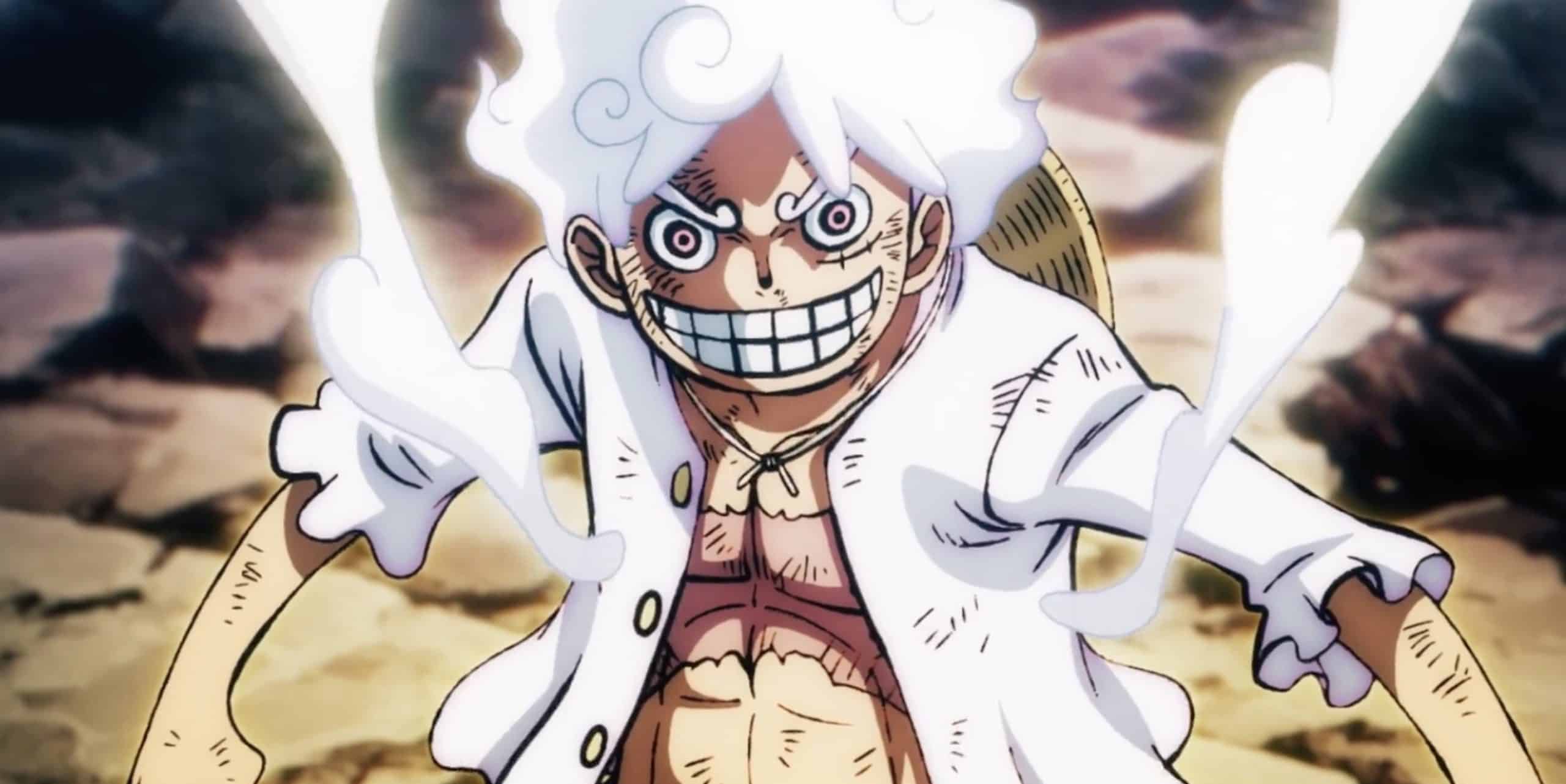
However, by once more dedicating full episodes to what may amount to partial chapters or wholly invented filler scenes, Toei risks losing the momentum generated by Wano’s gripping adapted chapters.
For longtime viewers who lauded Wano’s faithfulness to the source material and yearned for that elevated urgency to persist, this negative pace adjustment heading into the final saga undercuts rising engagement.
Still, like sailors adjusting their sails, fans may need to get their sea legs under One Piece’s renewed animated voyage again, slowing to favor the wind.
Why does the One Piece anime revert to its classic style?
When Wano Country first unfolded in the anime, fans welcomed the accelerated storytelling after years spent navigating stretched-out arcs plagued by filler and pacing problems.
Instead of disconnected episodes diluted by fluff, the anime’s newfound commitment to faithfully adapting full manga chapters enabled viewers to immerse themselves completely into cohesive storytelling.
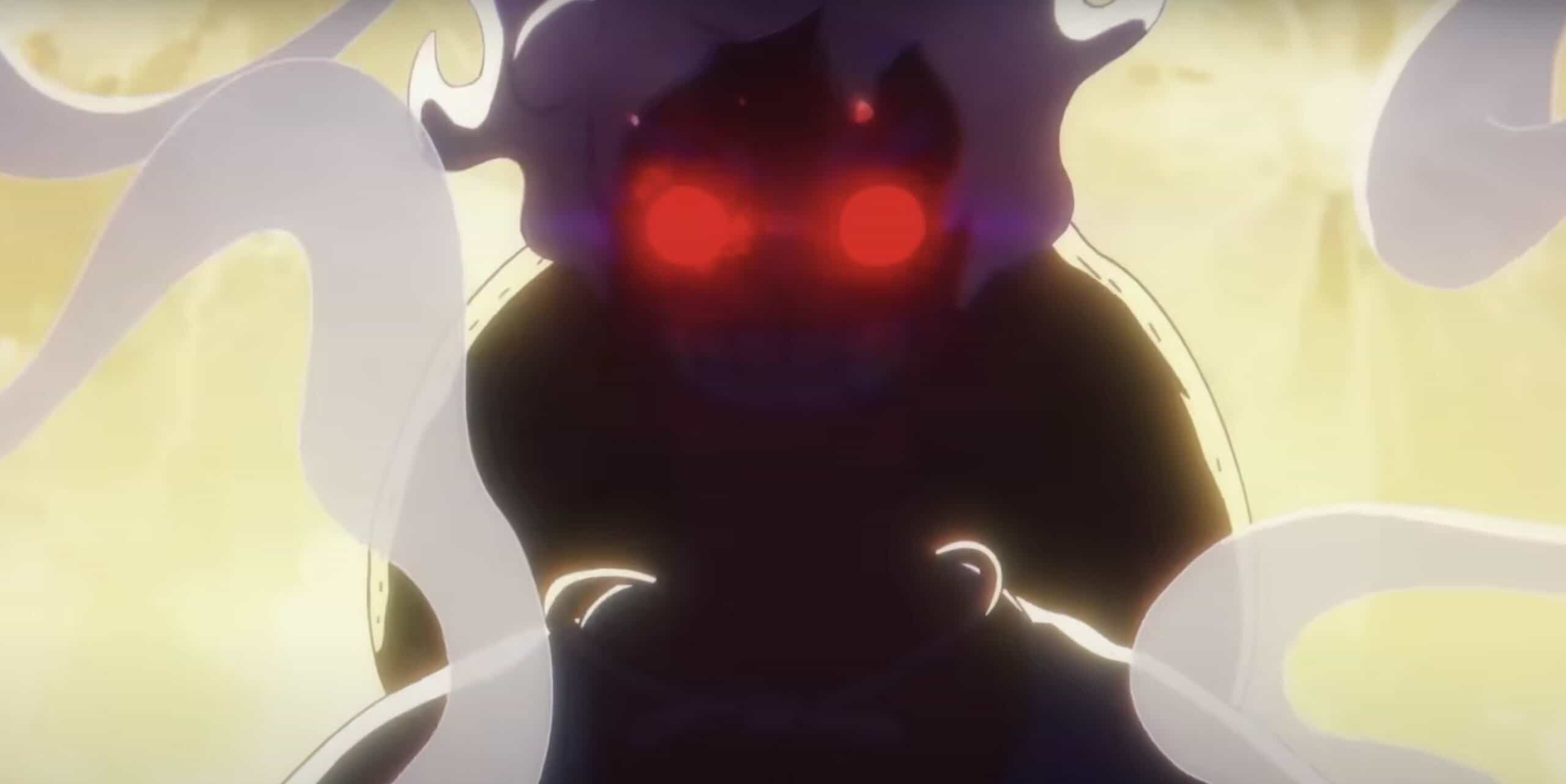
Rather than watching a single manga panel get turned into minutes of redundant animation, fans discovered added dynamism conveyed through urgent, focused episodes.
No longer did they have to wait through disjointed installments split across fragmented chunks of source material. Suddenly, Luffy’s journey flowed with continuity akin to Oda’s manga.
Wano’s Welcomed Makeover in One Piece Anime
This invigorating anime makeover helped devotees forge tighter connections to beloved characters, invest more deeply in ongoing plot threads, and appreciate hard-hitting moments without distraction.
Viewers realized adapting chapters wholesale kept crucial developments and emotional beats intact.
Having seen their loyalty rewarded with a finely crafted adaptation true to One Piece’s essence, fans hoped this dignity and care would continue.
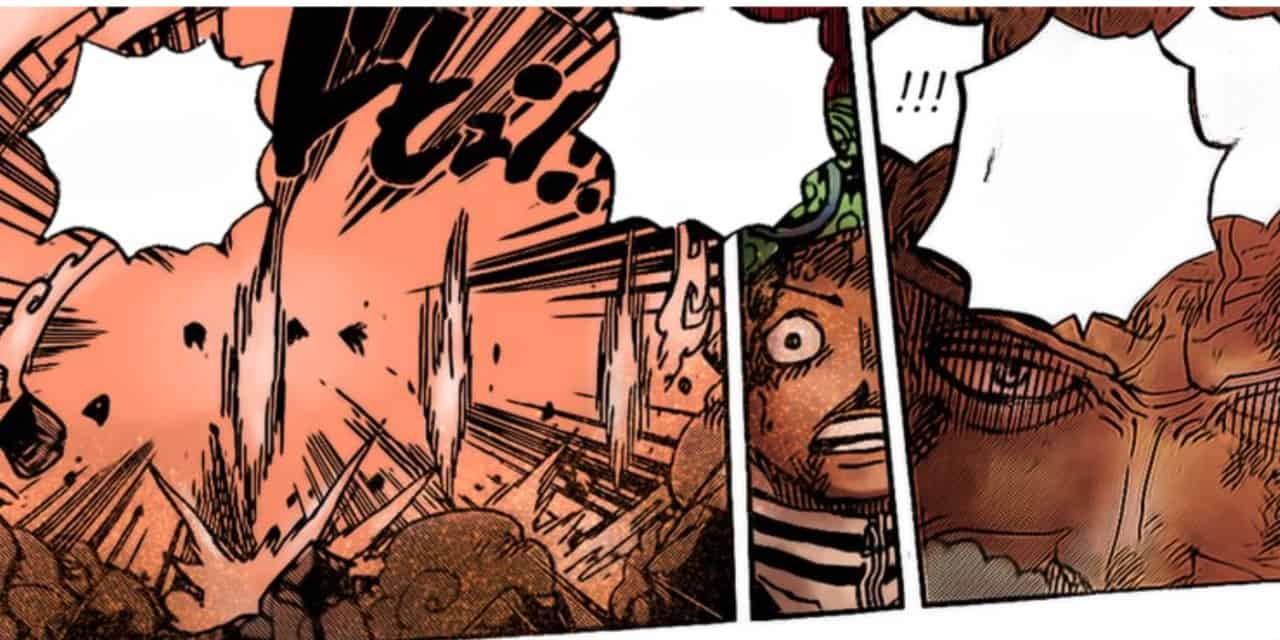
But faced with the anime potentially stretching scant pages across episodes again in Egghead Island, that long-awaited faithfulness feels revoked.
Like a crew broken up, devotees now fear drifting aimlessly when another direct voyage had once seemed assured.
However, the anime’s accelerated pace came at a cost – the risk of overtaking Eiichiro Oda’s still-unfolding manga storyline.
Had the breakneck speed been maintained, Toei Animation could have exhausted its source material runway.
From a production planning lens, applying restraints to curb catch-up makes sense despite disappointing fans longing for brisk progression.
Apprehensions in the Face of Potential Pacing Reversal
Given the manga releases weekly installments still years from completion based on Oda’s estimates, Toei likely felt safeguards were needed to avoid cornering themselves without enough chapters left to adapt.
Even devotees energized by Wano’s fuel-injected final chapters may appreciate that overtaking the manga would undermine the anime’s viability.

One Piece followers have weathered delayed gratification and narrative detours for over two decades.
This latest pacing pivot, while frustrating for fans still buzzing from full-chapter adaptations, forestalls a hiatus threat had the anime burned through content faster than Oda produces it.
Once the manga ultimately concludes, Toei could then reopen the throttle to sprint through the final stretches.
For now, tapping the brakes keeps Admiral Sakazuki’s lava at bay to ensure Luffy’s voyage continues its animated voyage. Savvy fans know that sometimes Nakama must show patience and faith that things will work out in due time.

